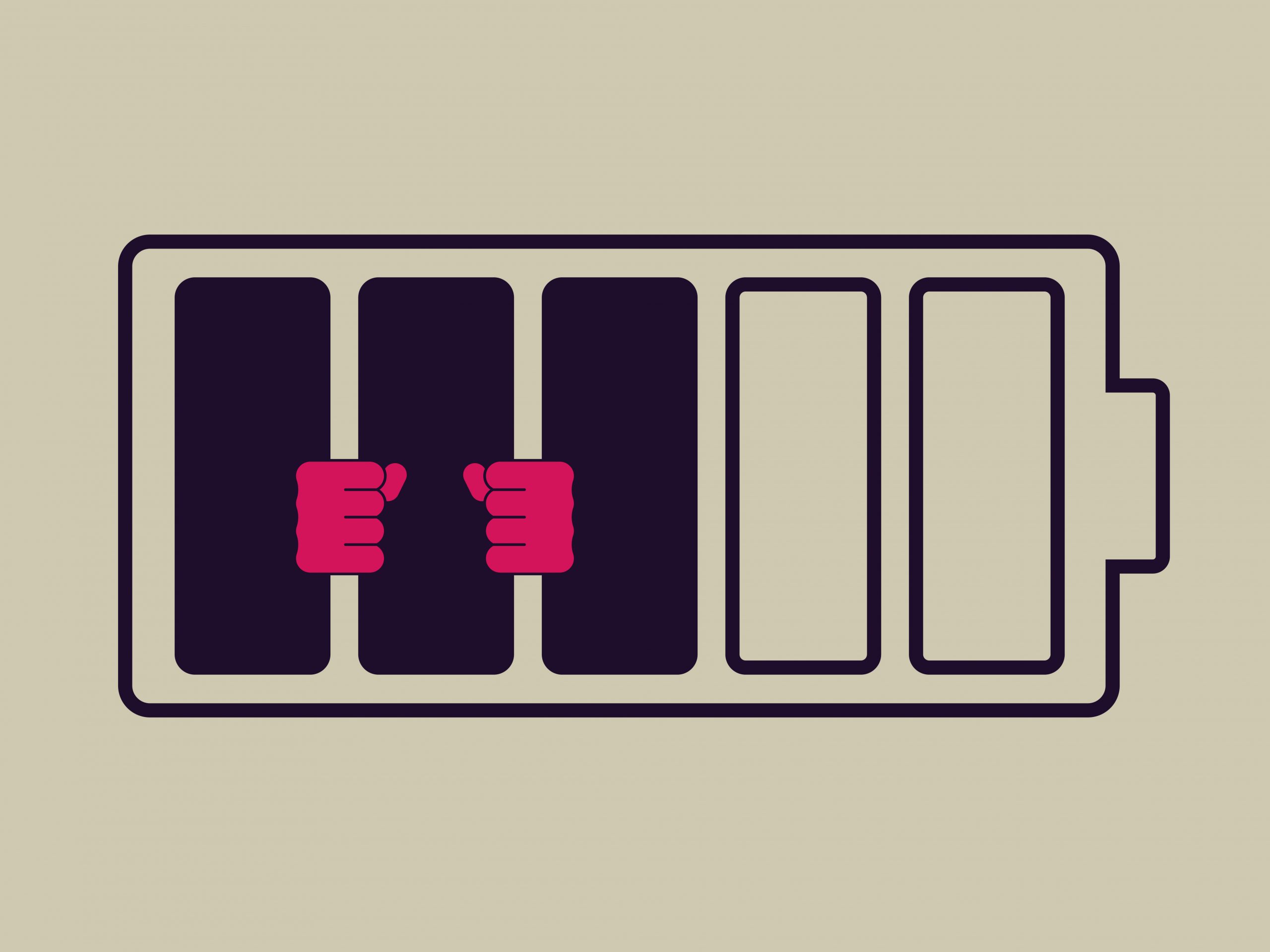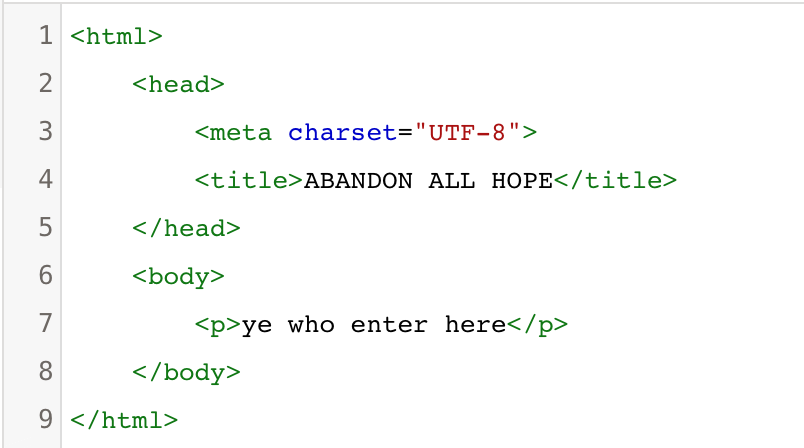Americans should resist technological subjugation by any means necessary.
Bird of Prey

Twitter’s beak drips with the lifeblood of American democracy.
Over the course of the twentieth century, a variety of thinkers of all political stripes have made the same point concerning the decline of communal life within advanced Western polities. Individuals whose identities and moral commitments arose from the various communities of which they were a part have become atomized into a mass of free-floating particles alienated from the larger whole. From this broth has bubbled up social media, furnishing a pseudo-intimacy to replace the real intimate ties that our social life can no longer provide. But, in contrast to traditional communal life, the way in which social media ties us together is destructive, serving to amplify our worst and most sociopathic tendencies—and Twitter is by far the worst of the lot. If we have any hope of regaining the kind of trust that is indispensable in a diverse and pluralistic democracy like our own, we must do all we can to destroy it.
The line of thinking that stressed the importance of communal life between the level of the individual and the level of the all-encompassing State began with G.W.F. Hegel, who, in his Philosophy of Right, attributed importance to an intervening level of “civil society”—village communities, clubs, fraternal orders, guilds and other professional associations, etc.—that was needed to mediate our interactions with the entire collective. It provided a critical substructure on top of which the State could be erected and on which, in turn, it could lean for support. In a polity lacking that critical middle layer, the individual contemplating the State looming over him would see an alienation imposition from above and would not recognize himself and his needs and preferences reflected in its mysterious machinations.
Alexis de Tocqueville recognized Americans’ particular genius for forming civic associations to temper their marked individualism and the atomization that would otherwise result. By the late 1800s, however, the German sociologist Ferdinand Tönnies documented a transition in advanced Western nations from the model of Gemeinschaft (“community”) to Gesellschaft (“society”), with traditional personal and communal bonds, kinship networks and churches being displaced by more impersonal, formal, corporate and bureaucratic binding institutions, such as the system of education administered from on high. The Italian far-right radical traditionalist Julius Evola gave the same point a more moral valence in the mid-twentieth century; at around the same time in America, the Berkeley sociologist Robert Nisbet was writing Community and Power, the bible on the decline of communal life and its replacement by the centralized State.
Coming from a very different political vantage point as a one-time communist having migrated towards a gentler form of socialism, the mid-century cultural critic Dwight Macdonald, in his 1960 essay, “Masscult and Midcult,” made a similar distinction—between the vanishing “folk culture” that revitalizes high culture from below and the onrushing “mass culture” industrialized by profiteers. For mass culture to take shape, people must first be homogenized into masses. A community, Macdonald argued, is “something like a family, each of whose members has his or her special place and function, while at the same time sharing the group’s economic aims […], traditions […], sentiments […], and values.” Such communities create individuals and not the other way around: “an individual can only be defined in relation to a community”; a solitary person “is not an individual but an animal.” When such solitary figures are then brought together by larger social forces, the result is the undifferentiated mass. “Paradoxically, the individual in a community is both more closely integrated into the group than is the mass man and at the same time is freer to develop his own special personality.” Without those communal forces acting to shape him into a human being, he remains a piece of moldable clay.
Social media is enabled by technological changes to be sure, but there is a reason this type of technology found such fertile soil among us: it furnishes “narcotic relief,” to quote Nisbet, from our “sense of isolation and anxiety.” He continues, in a passage that presciently characterizes social media to a tee: “There is a growing appeal of pseudo-intimacy with others, a kind of pathetic dependence on the superficial symbols of friendship and association.”
In organic relationships that form in the course of real-world associations, individuals get to know one another in full. The sociologist Ray Oldenburg stressed the importance of what he calls “the third place,” i.e., neither home nor work, the vanishing domain of the neighborhood hangout, pub, coffee shop, barber shop, etc., where we are likely to get to know folks from all walks of life in a relaxed atmosphere in which we can while away the hours and shoot the breeze, with discussions ranging from the trivial to the profound. Or consider, in the same context, the Harvard political scientist Robert Putnam’s famous example of (again, vanishing) bowling leagues. Bowling, in itself, is not exactly a soul-baring activity, and yet it is one that, if undertaken in concert with others, furnishes opportunities for interactions superficial, searching, and in between.
Contrast these increasingly archaic interactions with what transpires when individuals interact on contemporary social media. Consistent with Dwight Macdonald’s image of the mechanical movements of iron filings towards the strongest magnet within reach, the social media horde descends on whatever is already popular and feels itself pulled based not on deep social bonds but on the most superficial affinities. Save for those instances where we use social media to pursue a hobby or to reinforce or recreate pre-existing friendships, e.g., people connecting or re-connecting with their high school buddies on Facebook, we follow people on social networks, whether celebrities, political pundits, hot Instagram girls or clever TikTokers of the moment, without any knowledge of or connection to these people as individuals.
Even political issues—the very kinds of issues with regard to which engagement should ideally be serious and probing—get reduced to simplistic videos, pics, and soundbites. Adrift and left without anything else to which we can anchor ourselves, we are at the mercy of those fluctuations, the ones that, on social media, come at us in ceaseless waves. The only defense we have against such currents is to silo ourselves, to embed ourselves as thoroughly as we can among those with whom we can imagine no possible disagreement. When we then become accustomed to hearing only yeas and hell-yeahs, if disagreement does come our way, we fall back on the idea that the best defense is a good offense. We lash out and lean on our mob for backup. If it is not forthcoming, we curl up in a ball and cry.
Even by the low standard set by other social media sites, however, Twitter easily ranks at the very bottom of the scale. Facebook caters to pre-existing relationships and the pursuit of interest-based affiliations. Instagram and TikTok are primarily visual. Snapchat is ephemeral. But Twitter offers the allure of meaningful verbal engagement while making it almost impossible to make that fantasy real. Arbitrary character limits, promoted and “trending” content, and popular hashtags manufacture mobbing, hysteria, and psyops instead of political dialogue. If bowling leagues—superficial relationships that deepen over time and create a sense of community, from the vantage point of which serious issues can be discussed by people who already have much in common—constitute one ideal of how true community-building might take place, then Twitter is the very opposite: people who do not know one another and with nothing in common and no reason to keep their relationships intact go right for the jugular, blurting out brief blasts of vitriol about some of the most significant issues we as a society confront, whereupon others hastily leap aboard or else plunge right in with the angriest, wittiest and/or nuttiest rejoinders, retorts, curses and insults they can muster. Most exchanges quickly devolve into a fast and furious barrage of blather. For outside observers or even most participants, following threads is nearly impossible. Unsurprisingly, given this setup, the content that gets the most retweets tends to be the kind that demonizes political opponents, and the kinds of people who get drawn to Twitter and account for much of the activity on its servers are those who relish the prospect of such blood sport.
Twitter, in other words, is a platform expertly calibrated to steer speeding vehicles to pile-ups on the road. Dogpiles, social contagions, and flash mobs are not the product of unfortunate accidents; engineered road rage is the whole point. And the actual substance of any given issue under “discussion” is just another casualty. It is a carcass for the vultures to finish off, leaving a hollowed-out shell, with only the stench of rot to remind us of what it once might have been.
If we conducted our offline lives in this fashion, we would, of course, devolve into barbarism and civil war in a heartbeat … and yet why would we not expect our online interactions to drive us, bit by bit and ever-more-rapidly, in that very same direction? With the time we spend on social media steadily increasing year by year, to an average of 145 minutes per day as of 2020, our online interactions (especially in the age of Covid) comprise a larger and larger proportion of our social universe and, thus, increasingly inform our everyday habits of heart and mind. Should we, then, be surprised if our real-world political interactions feel more and more Twitter-like, i.e.,“elementary, irrational, barbarous and frightful,” to quote Hegel’s description of the activity of the mob? This is precisely how we could get to the point, in the summer of 2020, of going on a Twitter-hashtag-stoked nationwide freak-out, complete with Twitter-style hooting and hollering mobs, profane slogans, looters and rioters and pressure campaigns bullying businesses and institutions to get on board, in response to what, in reality, statistically speaking, was a single unrepresentative incident involving one career criminal and one bad cop in Minneapolis. When we wonder why it is that on this issue or virtually any other we no longer seem able to engage with the “other side” and discuss our ideological differences from the standpoint of mutual respect, we need look no further.
“Self-governing communities, not individuals, are the basic units of democratic society…. It is the decline of those communities, more than anything else, that calls the future of democracy into question,” wrote the left populist Christopher Lasch in 1994. Twitter may not be the ultimate cause of those communities’ decline, but insofar as it purports to serve as their replacement, as our new public square, it is surely the largest contributor to the false notion that we can get by—or, even, are better off—without them. We hear that Twitter is a force that liberates us from our former dependency on centralized information sources and unleashes our full democratic potential, permitting new, organic movements to coalesce in a heartbeat, outside the authorities’ control.
But what Twitter actually unleashes is the rule of the mob, Nisbet’s “normless, unattached, insecure individuals” easily directed yet manipulated by demagogues onto a censorious, narrowing track. True democracy, rests on the assumption that there exists some common good that we not only strive to discern but create by working together in real life, at human scale, in the world outside our door. Twitter undermines that assumption instant by instant, day by day. The conflict is irrepressible. Without our coordinated opposition, the foundations of our democratic way of life will be digitally destroyed. Flexing our political muscle against the Twitterati is as good a place to start as any.
The American Mind presents a range of perspectives. Views are writers’ own and do not necessarily represent those of The Claremont Institute.
The American Mind is a publication of the Claremont Institute, a non-profit 501(c)(3) organization, dedicated to restoring the principles of the American Founding to their rightful, preeminent authority in our national life. Interested in supporting our work? Gifts to the Claremont Institute are tax-deductible.
Ruthless outsourcing will be the death of the American Dream.
How to combat the rising woke regime



